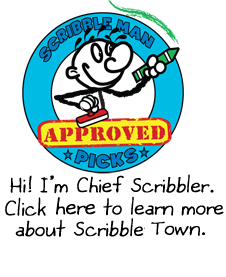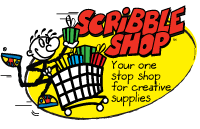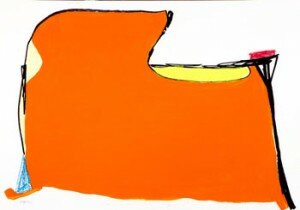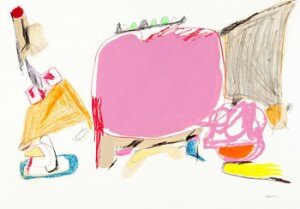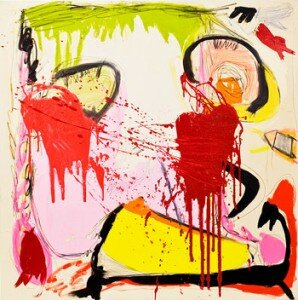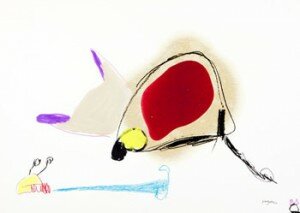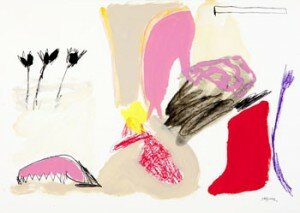Scribble Town (ST): With us is Joel Garten, an artist, composer, writer, and entrepreneur. Joel says, “I have so many different things that I do, and the thing that unites them all is a sense of flow and creative energy. I use that sense of flow and intuition in everything I create, and try to have a sense of flow in my path through life.” Yes, you do Joel and it is seen in your colorful, vibrant, and musical paintings.
Joel, where are you and what are you up to these days?
-

- Portrait of Joel Garten
Joel Garten (JG): I am working on a series of large scale paintings. These paintings are 4 feet by 8 feet, really long scrolls of paper that I paint with many different type of media. I also compose music on the piano regularly.

- “Untitled” 48×60 inches, oil pastel and oil stick on paper by Joel Garten
ST: When did music enter your life and was there somebody that encouraged you to compose? I wonder what came first- music or painting? I say this because I can see the music in your paintings!
JG: The music certainly came first in my life. It came very early, I started playing piano when I was eight or nine, and I began composing music very soon thereafter. It is something I took to very naturally, and I have been composing for more than 20 years. Interestingly, I have a lot of difficulty reading music – almost like music notation dyslexia – which meant that I devoted most of my musical output to improvising music. This means I write the music as I play, it is all one artistic creation of the moment. My music is very personal, and an expression of my sense of intuition and rhythym. My music has also always been influenced and inspired by visual art, such artists as Jackson Pollock, Giorgio Morandi, and Richard Diebenkorn. It is meditative, soulful, dissonant, and repetitive; but repetitive in a good way – the way that repetition can unearth deeper truths in the music as it unfolds.
Here is an improvisation from a recent concert I did in Toronto: joel-garten-live-in-concert

"Untitled" 22x30 inches, mixed media on paper by Joel Garten
ST: And with painting- how do you feel the two artistic elements support each other?
JG: Creating visual art myself is something that happened only recently, and has really increased in intensity in the past few months. I was inspired to create art by seeing works by Jean-Michel Basquiat. Just like Basquiat, my work has a lot of bright, joyful colors, but also works at deeper level, what the Abstract Expressionist called “the sublime”. Abstract expressionism is an influence on my art, as is the work of Cy Twombley. Yes, there is a lot of music in my artwork, and a lot of people say they can really see music in my paintings. It is because there is a lot of energy, vibration, and that sense of flow that I talked about earlier in the paintings. The artworks have rhythm.
ST: When did you start composing, playing the piano and painting? You play improvisational music- do you ever paint in that manner?
JG: The artwork is definitely improvisational. I start with no preconceived plan or sketch, I simply start in, and follow my intuition. I let the painting tell me what to do. And recently I have been starting to use acrylic paints to do essentially finger painting – except using my whole hand, and sometimes my whole arm. I also use both hands to paint, sometimes at the same time, just like using my right and left hand to play piano.
-

- Joel Garten in creative motion
ST: What have you been listening to when you paint? What kind of music do you like?
JG: I have a number of different things on when I paint, sometimes it is Stevie Wonder, sometimes it is jazz by Keith Jarrett (a big influence in my music) or Bobo Stenson. I like classical music, jazz and Motown, as well as new music.
ST: Where do you find yourself feeling really inspired to create? If there’s a process you go through to spark the creativity, please let us know.
JG: I usually get most inspired at night. I don’t really need daylight to paint, I like to paint under incandescent lighting. I put on some music, take some supplies and start painting.

"Untitled" 22×30 inches, oil pastel and oil stick on paper by Joel Garten
ST: What are some other forms of art you practice? Do you ever mix other mediums with your oil pastels?
JG: Well, I have a plan to do a number of other types of art. The next thing I would like to do is use my artwork to create fashion. Yes, I use oil pastels, oil stick (oil paint in stick form), and acrylic paint.
ST: I can’t wait to wear a piece of your art! Do you ever play with other musicians? Please let us know of your next show.
JG: I improvise music on my own, it is a very personal, and maybe even spiritual experience. I do have interactions with other musician though. When I was younger I was invited by the rock musician Bryan Adams to play a concert at his studio in Vancouver. I am also doing a series of artist profiles of musicians, which is being published on the Huffington Post. Right now I am focusing on doing small scale studio sessions-concerts of my music, and I want to turn those into a CD.

"Untitled" 22x30 inches, mixed media on paper by Joel Garten
ST: You are up to all sort of creative happenings. Definitely keep Scribble Town posted on all your adventures! Just hearing about how energetic, active, and open you are is encouraging in itself.
JG: A lot of children are natural artists, and famous painters like Basquiat and Jean Dubuffet were inspired by children’s paintings. It is hard for people to hold onto to their child-like talents as the get older, and marry those instincts with experience.
ST: Thank you Joel for all your insight and inspiration! Joel has also given parents and teachers tips on how to talk about art with young artists. To read more about that please go to the Scribble Shop Inspirations page: http://www.scribbleshop.com/content/artist-joel-garten-shares-how-create-and-talk-about-art-your-child
Check out Joel Garten’s website www.joelgarten.com!

"Untitled" 22x30 inches, mixed media on paper by Joel Garten


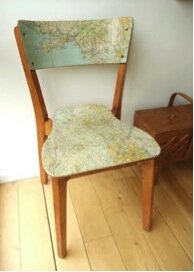 Photo via Roddy & Ginger
Photo via Roddy & Ginger

